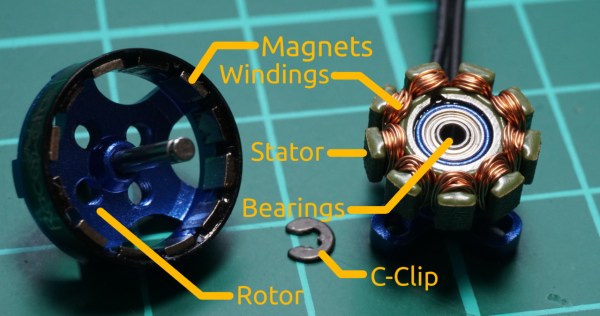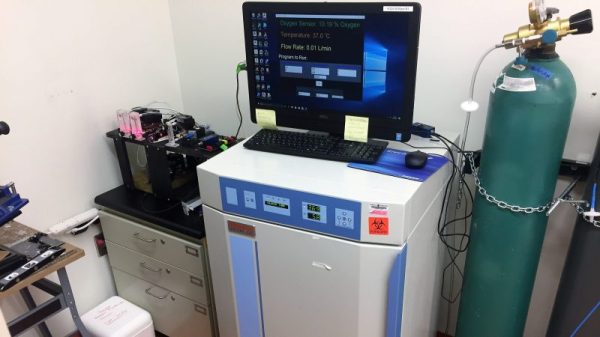Hackaday likes the idea of fine-tuning existing hardware rather than buying new stuff. [fishpepper] wrote up a tutorial on rewinding brushless motors, using the Racerstar BR1103B as the example. The BR1103B comes in 8000 Kv and 10000 Kv sizes, but [fishpepper] wanted to rewind the stock motor and make 6500 Kv and 4500 Kv varieties — or as close to it as he could get.
Kv is the ratio of the motor’s RPM to the voltage that’s required to get it there. This naturally depends on the magnet coils that it uses. The tutorial goes into theory with the difference between Wye-terminated and Star-terminated winding schemes, and how to compute the number of winds to achieve what voltage — for his project he ended up going with 12 turns, yielding 6700 Kv and 17 turns for 4700 Kv. His tutorial assumes the same gauge wire as the Racerstar.
Just as important as the theory, however, the tutorial also covers the physical process of opening up the motor and unwinding the copper wire, cleaning the glue off the stator, and then rewinding to get the required stats.
[fishpepper]’s handle has graced Hackaday before: he created what he calls the world’s lightest brushless FPV quadcopter. In addition to motors and drones, he also rocks a mean fidget spinner.
















